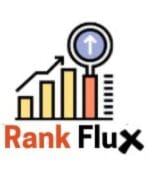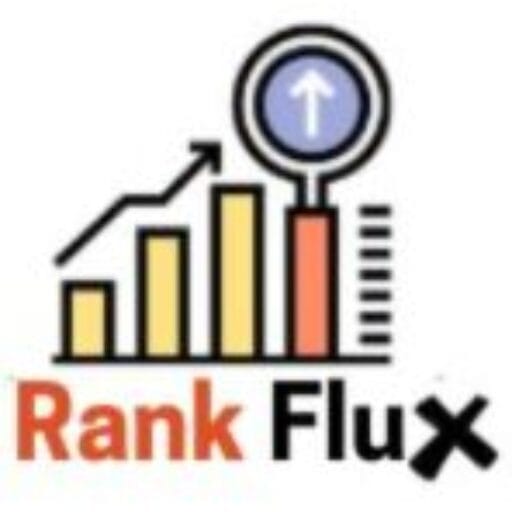If your website doesn’t have fast loading speed then you are likely loosing thousands of viewers and potential customer’s. In 2025 as world moves completely on Online business websites with thousands of brands on web if youre’s website doesnot load fast at lighting speed the customer’s move into other websites. In today’s era the attentian span of user’s are most important factor to be consider when running online business. Even a 1 sec delay in website load speed can cause 7 percent loss in convertion and upto 11 percent loss in views.
As we all know Google is one of the best and popular search engine in the world. Ther’e are million of searches and customer’s searching for product’s Online. People are not willing to buy products quickly and here is the catch Google prefer website with fast loading speed to be shown on 1 Page in search result’s. So website owner that focus on website speed would likely get more customer’s and views.
In this article we’ll explain what’s actually is page load speed, brands should focus on page load speed and the impact of page load speed in SEO and the matrics that make a website user friendly and fast lading according to expert.
Page load Speed Explained
When we’re talking about the term “Page load speed” it means the times it takes to fully load web page content on device after user click’s on Search Result or enter a URL. There are different tools being used to measure Page load Speed but the most popular one infact from Google is PageSpeed Insights used to measure Web Page Speed. In search result’s the website with fast and user friendly experience are benifitted with higher ranking on search result’s. The page speed is measures in seconds even a millisecond difference would make a huge difference in Page Speed Insight score.
Google uses bunch of matrics to determine website Page speed and it’s speed score are difference from device to device. In order to understand Page Speed Insigh score let’s cover the matrics Google uses which include:
Largest Contentful Paint: The time it takes on device to load largest element on web page including block of text or an image.
First Input Delay: The amount of delay user experience in order to perform some action on web page like open drop-down menus,click link to visit other pages or Tap on buttons.
Cumulative Layout Shift: Due to poor Cascading Style or JavaScript coding the text blocks,fonts and Images changes postion and size this is refered as layout shift and Google penalizes these types of websites.
Page Load Speed and User Retention
User Retention is a key matrics that every brand owner must focus on it show’s the amount of time user spends on website. If user performs action on web page then website have higher user rentention rate. Similarly a website with poor loading speed and user navigation have higher bounce rate and low engagement.
First Impressions Matter:
Customers often judge brands based on website and user experience it has which means user expects the web page to load faster and seamless buying process. As per report, 53% of the user leave website if the website doesn’t load with in 3 seconds.
User Experience and Satisfaction:
There are million of customer’s been searching for products and the attention spans of cutomers are decreasing gradually. A fast loading website leads to positive user experience and hence incresing chances to convert customer.
Return Visits
When a user have a postive experience and easy nevigation in website then there are high chance of return visits of user that build user loyality increases chances of long term customer.
Page Speed Impact on SEO
Now we know Page speed is crucial for user but here is another catch search engine like Google also have crucial ranking factor based on website speed.There is alot of factor considerend in website SEO and page speed falls amoung them.Here are few Page Speed Impact on SEO:
Search Engine Ranking:
When Google ranks website on search result for specific queiry it takes into account website loading speed. Website with strong focus on fast loading speed and mobile friendliness would be favour to rank higher on search result compared to website with poor speed.
Crawl Efficiency:
When we publish a content there is no way it could be dispalyed on search engine unless Google bot crawl to index web page content. Faster website loading time gives benefits to crawler to index more pages in less time which likely increse in crawl budget improving to chances to index all pages more accurately and faster.
Mobile-First Indexing:
As most of the Google user uses mobile phone for browsing and shopping Google now shifted toward mobile-first indexing meaning that it now uses mobile version of content with specific smartphone agent. Which leads to website with fast mobile view loading having edge over other websites.
Reduced Bounce Rates
As a matter of fact now customer have lower attention span the website needs to have fast loading speed to reduct bounce rate of customers. Additionally, the website with higher bounce rate give signal to Google as this particular website doesn’t have relavent content that user is looking for which harm’s website ranking on search result.
How to Increase Website Page load Speed
There are different actionable step’s you can follow in order to increse website loading speed. The good news is that Google have it’s own specific tools for website owner to measure website speed. You can use Google PageSpeed Insights and bunch of other website page speed measuring tool such as GTmetrix or Pingdom to determine website speed. Other than that you can take some action to increase website spped which include:
Compress text and images:
In order to increase website loading speed you must need to focus on image or video size. When uploading a images on web page make sure to compress images or use suitable image sizing. You can also use format like WebP or jpg for compressing.
Minimize HTTP Requests
Reducing HTTP Request can also increase website loading speed to do so you’ll need to reduct number of element in your page such as scripts, images, and CSS files that would help reduce HTTP requests.
Cache up.
Another way to reduce loading time is by using method Cache up the process of storing information on specific user device so when often they click the page would load faster.
Delete unused plugins.
Most of the user uses content management system like WordPress which consists of different plugins which make website owner to increase functionality of website without even coding. But behind these plugins ther is backend coding that are intalled which makes website a bit laggy. Make sure to delete unecassry plugins or deactivate them to increase website speed.
Optimize Server Response Time
You can decrease server responce time by simply using better hosting provider. So that hosting plays also a important part in website speed.Most of the time website owner uses cheap hosting which most of the time became laggy as more content is being uploaded as well as large amount of user opens web page at real time the website went down which deacreses website ranking result’s in loss of customers



